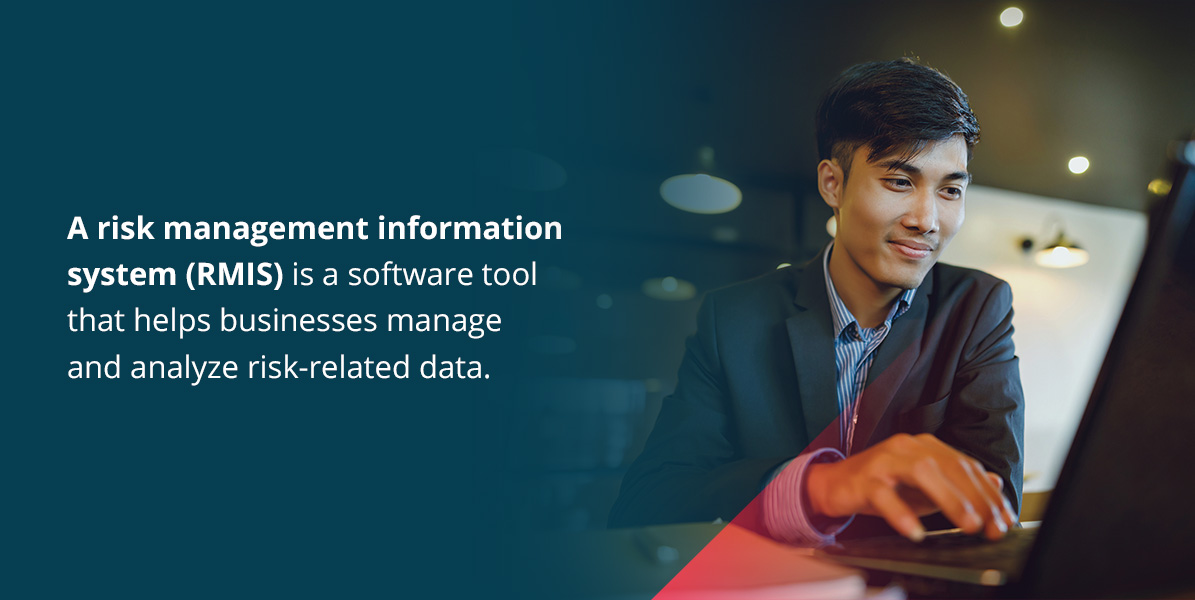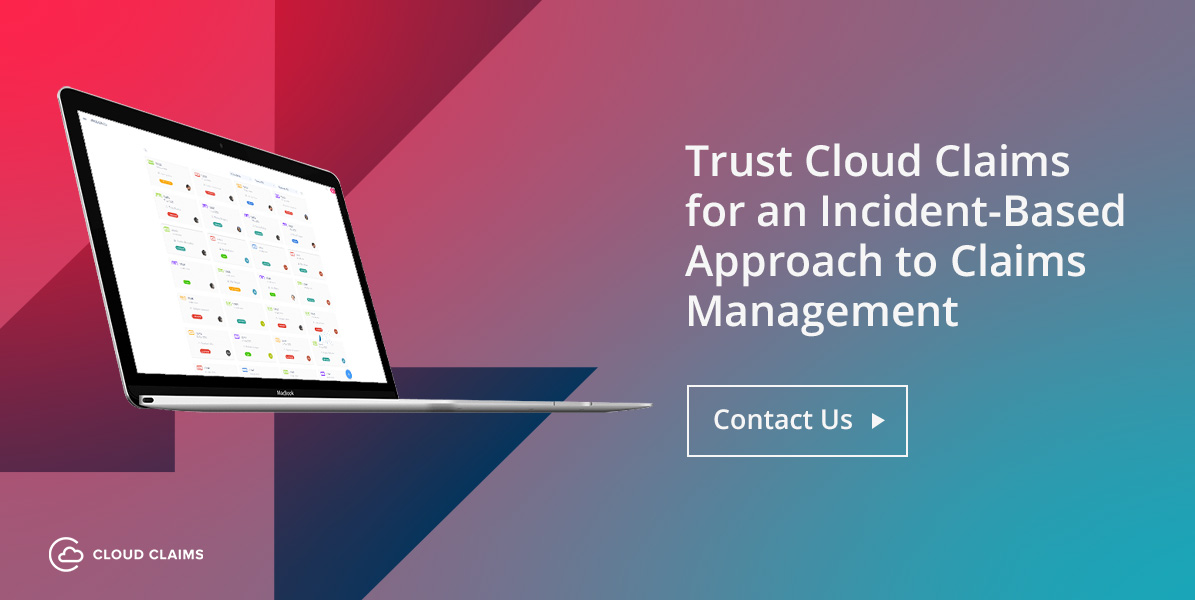As businesses face growing risks and potential losses, effective claims processing is crucial for managing and mitigating those risks. However, traditional claims processing methods often focus on managing claims after they occur rather than preventing them from happening. An incident-based approach to claims processing can help businesses identify and address potential risks before they escalate into full-blown claims.
Basics and Components of Risk Management in Claims Processing
Risk management in claims processing involves identifying, assessing and mitigating potential risks that could lead to claims against a business. It is a crucial component of claims processing and helps businesses minimize losses and protect their assets. The basics and components of risk management in claims processing include:
- Risk identification: This involves identifying all the potential risks that could lead to claims against a business. These risks can be internal, such as employee errors, or external, such as non-preventable vehicle accidents or customer injury.
- Risk assessment: After identifying potential risks, the next step is to assess the likelihood and impact of those risks. This helps businesses prioritize risks and determine which ones require the most attention.
- Risk mitigation: When a potential risk has been identified and assessed, businesses can develop strategies to mitigate it. This can include implementing safety procedures, improving employee training or investing in insurance coverage.
- Risk monitoring and review: Risk management is an ongoing process, and it is essential to continuously monitor and review risks to ensure that risk mitigation strategies are effective. This can involve regular audits, employee feedback or reviews of insurance coverage.
- Claims handling procedures: It is essential to have effective claims handling procedures in place, including clear guidelines for reporting and investigating claims, as well as a plan for managing claims once they occur.
- Communication and reporting: Effective communication is critical to successful risk management in claims processing. Businesses should establish clear lines of communication between employees, management and insurance providers and ensure that all stakeholders are informed of any potential risks or claims.
Overview of Risk Management Information Systems
A risk management information system (RMIS) is a software tool that helps businesses manage and analyze risk-related data. It provides a centralized platform for storing, organizing and analyzing risk data, enabling businesses to make informed decisions and reduce the likelihood of losses due to risks.
An RMIS typically includes several components, such as:
- Data collection and storage: An RMIS collects and stores data related to risk management, including incident reports, incident photos, insurance policies, claims data and other relevant information.
- Risk assessment: An RMIS enables businesses to assess and analyze potential risks by analyzing data and identifying patterns and trends.
- Claims management: An RMIS provides tools for managing claims, including claims reporting, tracking and settlement processes.
- Reporting and analytics: An RMIS provides reports and analytics to help businesses understand their risk exposure and make informed decisions about risk management strategies.
Reasons to Have a Fully Integrated Risk and Claims Management System
There are several reasons businesses should consider implementing a fully integrated risk and claims management system. Some of these reasons include:
- Improved efficiency: Integrating risk and claims management systems can help businesses streamline processes and reduce duplication of effort. By having a single system that handles both risk and claims management, businesses can eliminate the need for multiple systems and processes, reducing the time and resources required for managing risk and claims.
- Enhanced data analysis: By integrating risk and claims management systems, businesses can analyze data from both systems together, enabling them to identify patterns and trends that may not be apparent when analyzing each system separately. This can help businesses make more informed decisions about risk management strategies and improve overall risk posture.
- Better risk mitigation: An integrated risk and claims management system can help businesses identify potential risks and implement strategies to mitigate them more effectively. By having a comprehensive view of all the risks faced by the organization, businesses can develop more targeted risk mitigation strategies that address specific areas of concern.
- Improved claims management: By integrating risk and claims management systems, businesses can improve their claims management processes. They can track claims more effectively, automate the claims handling process and reduce the time and resources required for claims management.
- Better communication and collaboration: An integrated risk and claims management system can improve communication and collaboration between different departments and stakeholders involved in risk and claims management. This can help ensure everyone is on the same page and that risks and claims are managed effectively.
Incident-Based Approaches to Claims Processing
An incident-based approach to claims processing rejects the traditional workflow of working with each individual claim. Instead, you track any incident where a claim may or may not arise. This approach offers key benefits:
- Risk mitigation: Incident-based approaches empower self-insured businesses to identify risks and create systems for preventing them. For example, if injuries or near-injuries continue to happen on the same machine, training and operational procedures need to change. Businesses can also use incidents to find opportunities for early intervention and prevent claims from being submitted.
- Reporting consolidation: Streamline claims management by generating multiple claims from a single incident. For example, a multi-car accident may involve several medical and auto claims. Pull all relevant details from the incident to prevent redundancy and ensure consistency across all claims.
- Insight: Collecting incident data informs your business about the most prevalent incidents and drives decision-making. Incident-related decisions may involve changes to policies or instructions for employees to reduce liability. With improved oversight, you can gauge the value of these changes over time and justify the value of investments when required.
Trust Cloud Claims for an Incident-Based Approach to Claims Management
Effective claims processing is critical for managing and mitigating risks, but traditional methods may not be enough to prevent future claims. An incident-based approach to claims processing can help businesses identify and address potential risks before they escalate into claims. By encouraging incident reporting, investigating incidents, mitigating risks and continuously improving, businesses can create a safer work environment, save money and enhance their reputation.
Cloud Claims is a powerful and user-friendly cloud-based risk and claims management system, unlike other claims management solutions on the market. By leveraging the modern concept of incident-based reporting, Cloud Claims is a single platform for risk management and claims processing. Key features include:
- Easy incident reporting: Cloud Claims lets businesses report incidents quickly and easily, reducing the time and effort required to submit incident reports. The system provides customizable forms and fields, making it easy to capture all relevant information related to the incident.
- Automated claims management: Cloud Claims automates the claims management process, from initial reporting to final settlement. This can help businesses reduce the time and resources required for claims management and ensure that claims are processed efficiently.
- Comprehensive data analysis: Cloud Claims provides comprehensive data analysis capabilities, allowing businesses to identify trends and patterns related to incidents and claims. Analyze data within the platform or export to your preferred business intelligence engine. This can help businesses make more informed decisions about risk management strategies and improve overall risk posture.
- Real-time collaboration: Cloud Claims provides real-time collaboration capabilities, enabling all stakeholders to work together seamlessly. This collaboration can be particularly valuable for businesses with third-party administrators and large enterprises with several locations.
- Scalability: Cloud Claims is highly scalable, making it suitable for businesses of all sizes. Whether you have a small business or a large enterprise, the system can be customized to meet your specific needs.
With its user-friendly interface, comprehensive data analysis capabilities and real-time collaboration features, Cloud Claims is an excellent choice for incident-based claims management. Contact us to schedule a demo.









